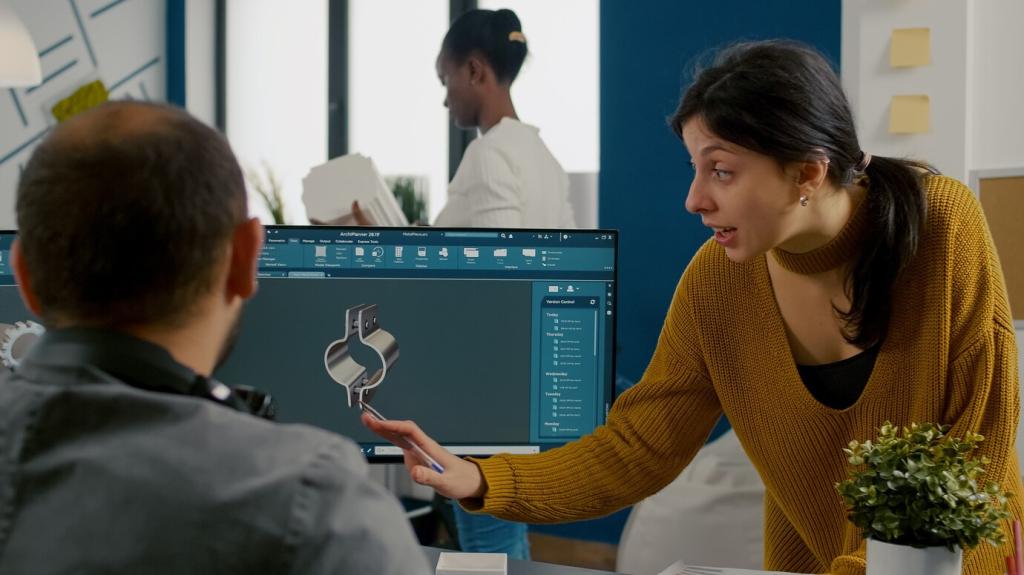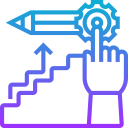Theme: Building a Portfolio to Showcase Your Design Skills


Define Your Creative Positioning
Pick a focus aligned with the work you want next—UI systems, brand identity, motion for apps, or product storytelling. Specificity attracts ideal clients and hiring managers, while generalized portfolios blur your strongest signals.
Define Your Creative Positioning
Share a short origin story that explains why you design, whom you design for, and how your approach creates outcomes. A human, honest narrative helps busy reviewers remember you after dozens of similar portfolios.
Curate Projects with Intent
Select Lighthouse Projects
Include two to four pieces that best represent your desired direction, even if they are self-initiated. One designer landed a dream role by presenting only three sharp case studies with excellent context and crisp outcomes.


Show Process, Not Just Pixels
Reveal research notes, discarded explorations, systems thinking, and testing pivots. Employers want to see how you think under constraints, collaborate with others, and turn uncertainty into clear, rational design decisions.
Open with a Sharp Brief
Start with one paragraph covering the problem, audience, constraints, and your role. Add a quick outcome summary to hook readers, then invite them to explore the deeper story when they have a few minutes.
Map the Journey Clearly
Use a simple arc: challenge, research insights, key decisions, final solution, and results. Call out trade-offs you made, tools you used, and collaboration moments that influenced the path and final quality.
Compose with Grids and Rhythm
Establish a consistent grid, spacing scale, and image ratios to avoid visual noise. Strong rhythm helps recruiters skim quickly while still absorbing the story, artifacts, and essential decision points without distraction.
Choose Accessible Typography
Prioritize legibility, adequate contrast, and real-world reading sizes. Use hierarchy that respects scanning behavior: bold summaries first, supporting context second. Accessibility demonstrates empathy and product-minded thinking.
Use Motion and Interactions Purposefully
If you include animations or microinteractions, make them functional, light, and illustrative of behavior. Avoid performance-heavy flourishes that slow loading or obscure content reviewers came to evaluate carefully.
Pick the Right Platform and Tools
Website builders like Webflow or Framer offer speed and polish; custom code provides flexibility; Notion or Substack can be effective for content-first case studies. Prioritize what you will actually maintain consistently.
Pick the Right Platform and Tools
Compress images, lazy-load media, and write descriptive metadata. Clear titles, semantic structure, and fast performance help recruiters find, open, and navigate your portfolio on mobile or slow corporate networks.



Ask teammates, clients, or managers for quotes tied to specific outcomes or behaviors. Place short quotes at decision points in case studies, reinforcing claims about impact, communication, or craft with human voices.

Include workshop photos, whiteboard snapshots, and paired design sessions where appropriate. These artifacts highlight facilitation skills, openness to feedback, and your ability to align cross-functional stakeholders effectively.

Encourage readers to comment, ask questions, or propose critiques. Offer an email newsletter or portfolio teardown series, turning your site into an ongoing conversation that naturally attracts opportunities and learning.

Tailor for Each Opportunity
Create role-specific landing pages or quick filters—product design, visual systems, or research-heavy work. Hiring managers appreciate curated relevance, and you control the narrative that frames your strengths effectively.

Add Clear Calls to Action
Make contacting you effortless with one primary button, a short calendar link, and a concise capabilities summary. Invite visitors to subscribe for updates, request a case study walkthrough, or schedule a portfolio critique.
